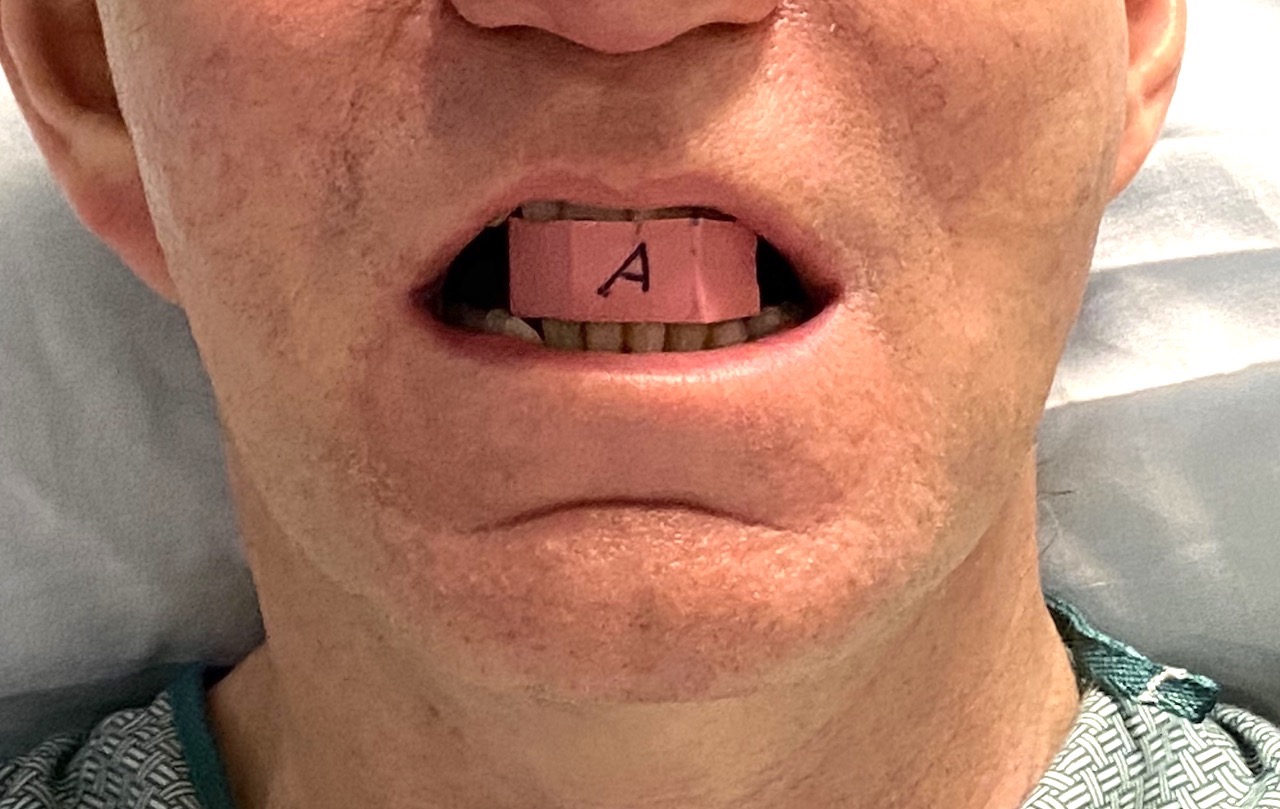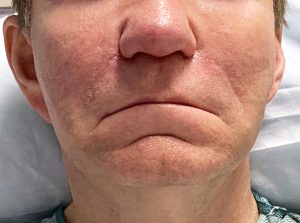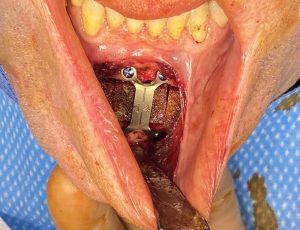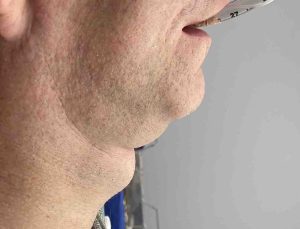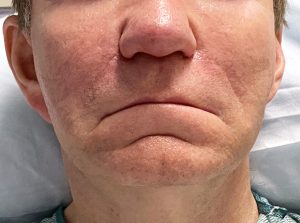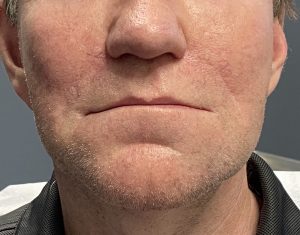Background: While the short chin is typically perceived as a horizontal deficiency, this is not the only dimension in which it can be seen to be inadequate. The one frequently overlooked chin deficiency is in the vertical dimension. The chin may have adequate forward projection and be in ideal position to the lips but can still look ‘short’. In the frontal view the chin looks disproportionally small compared to the upper two-thirds of the face. But there are other soft tissue indicators that reveal these vertical chin deficiencies.
One of the key soft tissue indicators of a vertical chin deficiency, particularly when it is signifieant, is a compressed soft tissue chin pad. The chin tissues look bunched up and the labiomental fold is deep, often having a v-shaped indention. The soft tissues between the lower lip vermilion and the labiomental fold may be full and the mouth corners may even be forced downward. In essence there is too much soft tissue for the underlying bone support.
When significant vertical lengthening of the bony chin is needed, cutting and moving the chin bone down is the best treatment. The key question is how much vertical length is needed to achieve the patient’s ideal aesthetic goal. The use of computer imaging is helpful but there is one test that absolutely nails it down to the millimeter level….an interincisal guide. Have the patient drop their jaw down to where they like it and then measure the distance between the upper and lower central incised teeth. (plus add in overbite or subtract the amount of open bite depending on whether they exist off which the overbite would be the most common)
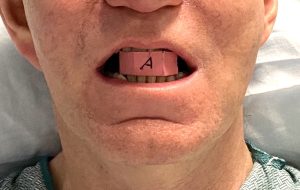
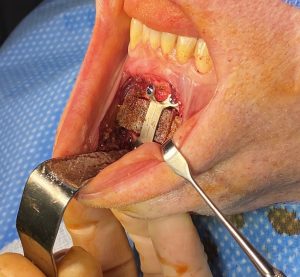
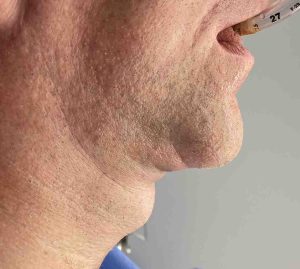
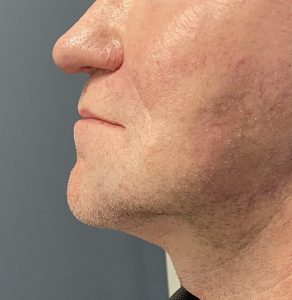
For many patients with a truly short vertical chin any lengthening in single digits (less than 10mms) is not going to make a significant improvement. It has been my experience, and this patient proves it, that vertical length increases in primary short chins must be well into the double digits ti have the desired aesthetic effect. And contrary to the perception of some it will not pull the lower lip down.
Case Highlights:
1) The vertically short chin is manifest externally by a compressed soft tissue chin, deep labiomental fold and potentially lower lip/mouth corner abnormalities.
2) One method to determine how much vertical chin lengthening is optimal is to create an interincisal wedge of differing thicknesses.
3) Larger open wedge vertical lengthening bony genioplastigs require interpositional bone of which tissue back or allogeneic sources work well.
Dr. Barry Eppley
World Renowned Plastic Surgeon

